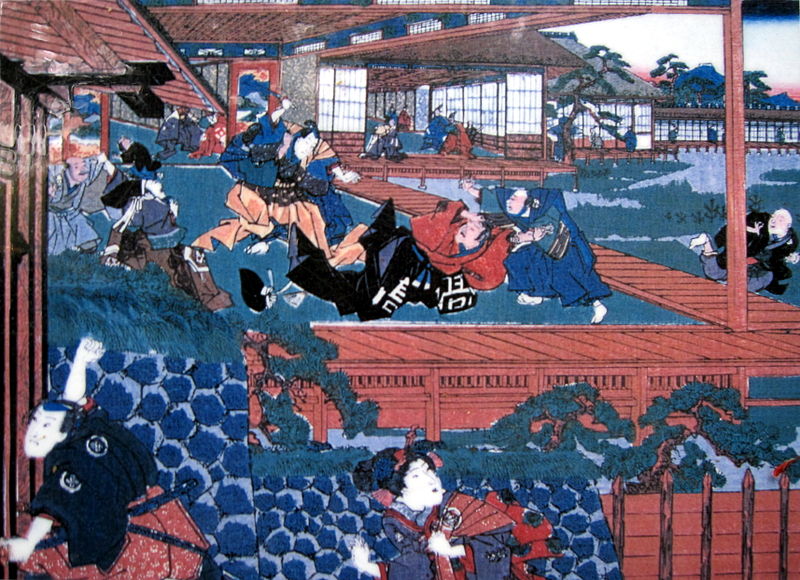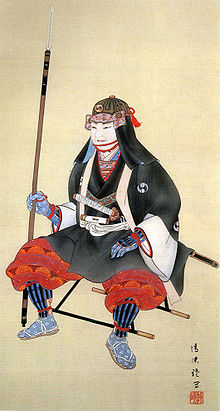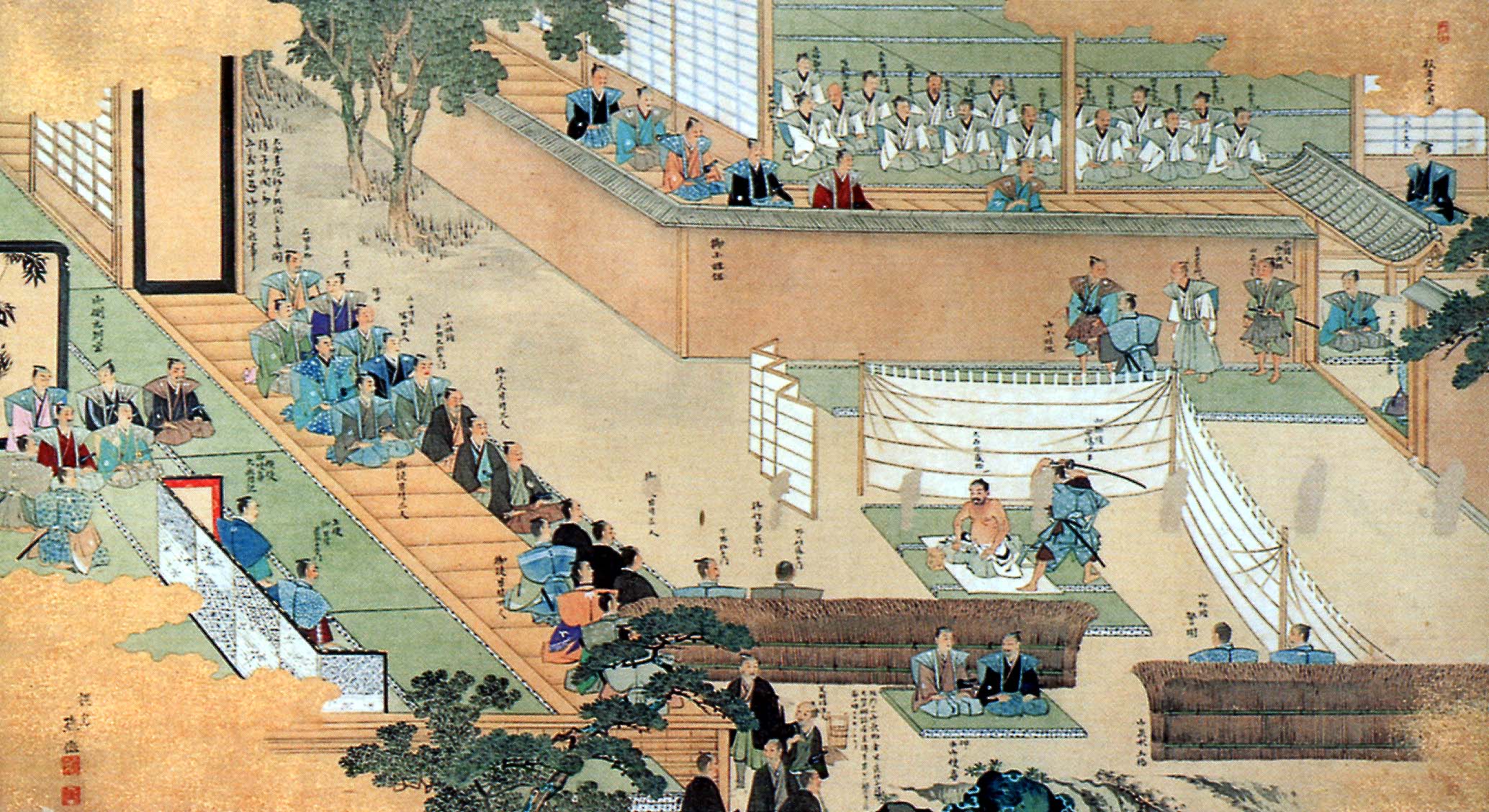This week we’re covering one of the great tales of Japanese history: 47 warriors without a master who engaged in a bloody act of vengeance in the name of their former lord. In doing so, they catapulted themselves into the pages of history and legend, and remain some of Japan’s most treasured historical figures to this day.
Listen to the episode here.
Sources
Allyn, John. The 47 Ronin Story.
Sansom, George B. A History of Japan, Vol 3 1615-1867.
Takeda, Izumo, Shoraku Namishi and Namiki Senryu. Kanadehon Chushingura. Trans. Donald Keene.







Totman, Conrad. A History of Japan.
Images (Courtesy of the Wikimedia Foundation
My goodness…this episode has a vast multitude of factual errors. Looking at your sources, they are all severely outdated and were written when the story of Chushingura was accepted by Western academia as the actual historical incident. The Satsuma Man did not exist and his grave at Sengaku-ji is symbolic, put there by priests who wanted to ‘cater’ to visitors who heard the story in fictional accounts and asked where the grave was. Kira’s name was not Yoshinaka but Yoshihisa. Kamei was not Asano’s partner. He had held the same position of greeting the Imperial envoys three years earlier. Date Muneharu of Yoshida domain was actually Asano’s partner. There are many, many more factual errors, to say nothing of errors in interpretation. While the following article is criticism of a different fictional account purporting to tell the historical incident, it might prove informative and useful, especially the up-to-date English language sources it lists.
http://www.theshogunshouse.com/2012/11/thanks-for-nothing-dark-horse-47-ronin.html
Or any scholarly Japanese book written in the last 20-30 years will also have such updated information.
I must say that while I believe bringing Japanese history to Westerners is an admirable goal, I have noticed many similar errors in other History of Japan podcasts that present the pre-modern (Edo or earlier) eras. The Sengoku podcast was very much filled with them-calling Imagawa Yoshimoto “Yoshitomo”, stating Tokugawa Ieyasu was from Mino province (it was Mikawa), the Mimizuka is filled with the ears of enemy soldiers (despite the name, it is filled with noses), that Takeda Shingen was killed by an Oda sniper (the legend is that it was a Tokugawa sniper-like in Kagemusha movie-but the reality is that he died of an illness), the Japanese only got as far as Seoul in their 1592 invasion (they reached the Chinese border, and even managed to briefly enter China), and more. Perhaps your podcast and career might be better served by more preparation time rather than releasing episodes so fast? Or perhaps sticking to the modern topics, which seem to be much better?
In closing, let me thank you for your love of Japan and also for your presentation of the podcasts. My critical remarks are meant only to help you improve. Your diction and clear enunciation help me in my efforts in better comprehending spoken English.
I always appreciate people catching errors, which I do strive to minimize but which will never be entirely eliminated; I’ll be releasing a blog post with my thoughts on this tomorrow. Specifically related to this episode; I’m afraid during the editing process I accidentally cut a line explaining that this is intended to be a summary of the legend rather than the most up-to-date research on the topic, since frankly it is the legend that people remember.
Again, I appreciate your corrections and plan to release a post highlighting them for the audience (I can’t include them in an episode since I don’t have access to my sound equipment right now). I must say though, your tone does come across as extremely insulting in this post, and that I did not appreciate. Please, if you have corrections in the future, submit them; I appreciate it. However, you may wish to consider more carefully how you phrase your comments.
Thank you so much for the information you have provided,unfortunately we do get a lot of misinformation,or western opinions if the gaps are not filled in,i got banned from a Samurai history group because i said that Takeda Shingen died from an illness,but those in charge said he was shot and died after listening to a flute player in the castle,i never believed it,i have seen Kagemusha,but while it was a great film,i didnt believe it,Shingen was very patient and clever,he would never have put himself in a situation like that,one of the things i do like is trying to imagine what would have happened had he not died,both Oda Nobunaga and Tokugawa Ieyasu would afraid of Takeda Shingen,my opinion is,Takeda Shingen and Uesugi Kenshin could have formed an alliance,and destroyed Both Nobunaga and Ieyasu,its possible that we would have seen a Takeda Shogunate,thats how i like to see it…………..Thank you.